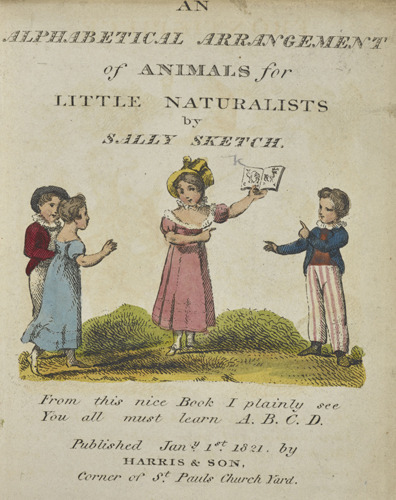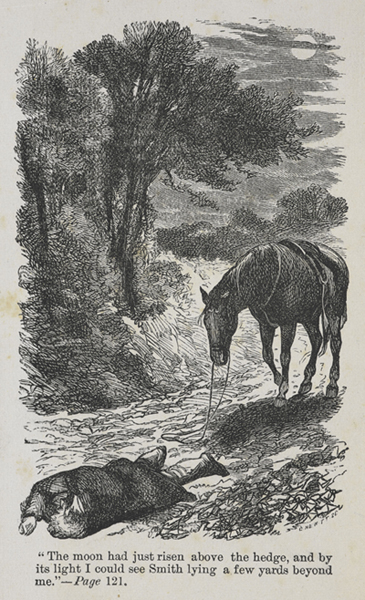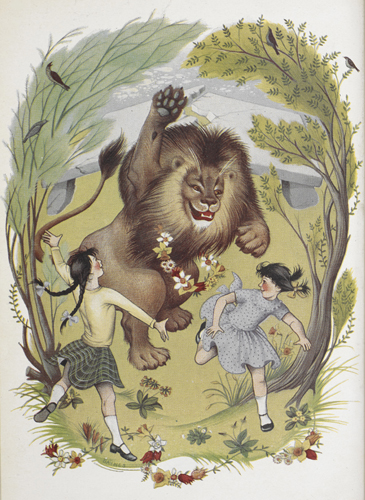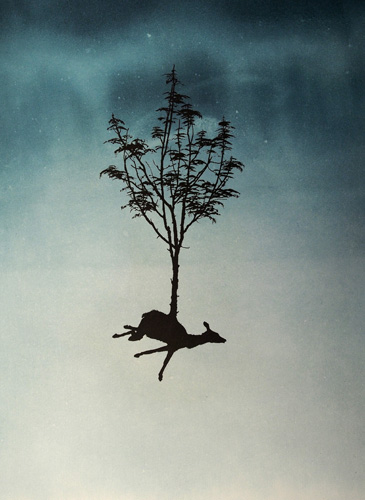Animal tales
by Matthew Shaw
Illustration for a 16th-century retelling of Aesop’s ‘The Lion and the Rat’ in Esbatement moral des animaux by Peeter Heyns. Philippe Galle, Anvers, 1578

Title page of An Alphabetical Arrangement of Animals for Little Naturalists by Sally Sketch. Harris & Son, 1821

Illustration from Black Beauty: His Grooms and Companions – the Autobiography of a Horse by Anna Sewell. Jarrold & Sons, 1877
From well-known and treasured stories including Aesop’s Fables, Black Beauty and The Tale of Peter Rabbit, to writers such as Michel de Montaigne, Anton Chekhov and T.S. Eliot, storytellers have used animals not only to capture the imagination of readers, but to deliver powerful and revealing messages about what it means to be human.
Animal Tales, a new exhibition in the British Library’s Entrance Hall Gallery, asks why animals have come to play such an important role in literature for adults and children alike with a variety of charming editions and manuscripts from the Library’s collections.
Set amongst silhouetted animals and a woodland scene, the exhibition explores the central role animals have played in traditional tales around the world, their importance to the development of children’s literature and their use in allegories from The Lion the Witch and the Wardrobe to the first appearance of Art Spiegelman’s Maus in the underground comic Funny Aminals.
In the centenary of Franz Kafka’s The Metamorphosis, it also looks at the literary transformations between human and beast, from Philip Pullman to Angela Carter.
From their central role in children’s literature to more recent explorations of love and loss, animals offer a way to reassess what makes us human. As nature writing has had a dramatic rise in its popularity in recent years, Animals Tales offers a chance to look at some of the history and background of that genre, and to reflect on some of the reasons for its success.
The exhibition, continuing to 1 November 2015, is free of charge and complemented by a series of talks and family workshops.
Read more.
All images courtesy of the British Library and individual copyright holders.
Click on any image to launch in a slideshow.
Matthew Shaw is the lead curator on Animal Tales and Lead Curator of Americas and Australasian Collections at the British Library. His research interests include the history of time and timekeeping, the revolutionary era, almanacs and the history of newspapers and news. Past exhibitions include Taking Liberties: The Struggle for Britain’s Freedoms and Rights (2008), Growing Knowledge: The Evolution of Research (2010), On the Road: Jack Kerouac’s Manuscript Scroll (2012) and Enduring War: Grief, Grit and Humour (2014). His most recent book is Time and the French Revolution (Boydell & Brewer, 2011).
The British Library is open to visitors seven days a week (apart from a few public holidays).
Mon, Fri: 9:30 am to 6 pm
Tue, Wed, Thu : 9:30 am to 8 pm
Sat: 9:30 am to 5 pm
Sun: 11 am to 5 pm
Last admission is an hour before closing
More info

First edition cover of The Call of the Wild by Jack London, illustration by Charles Edward Hooper. Macmillan, 1903





